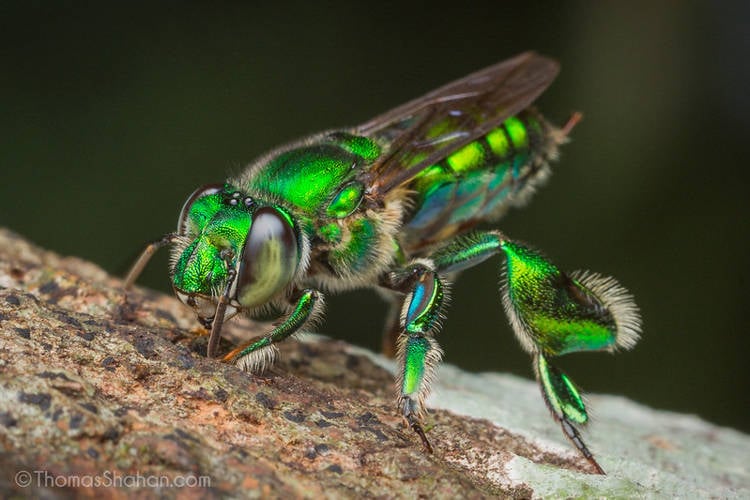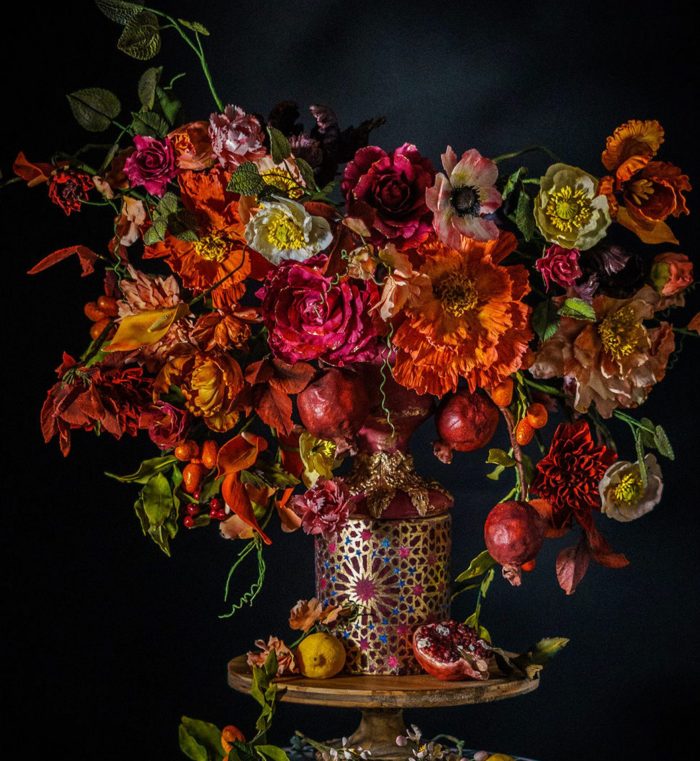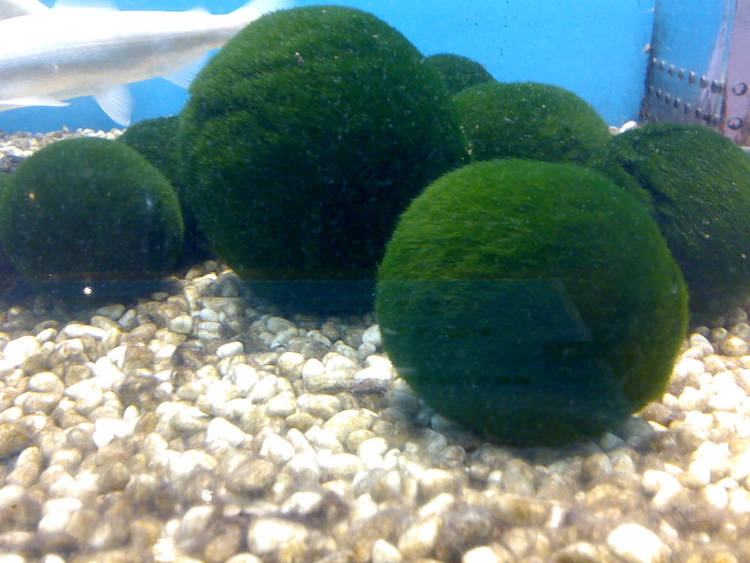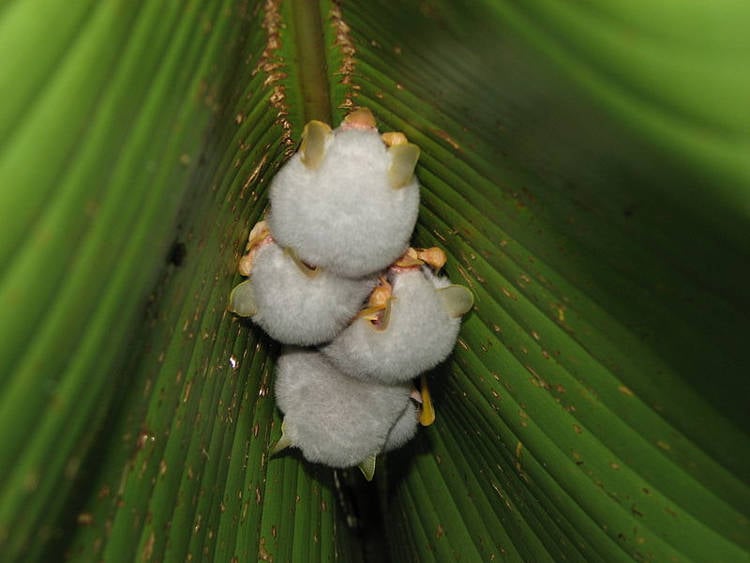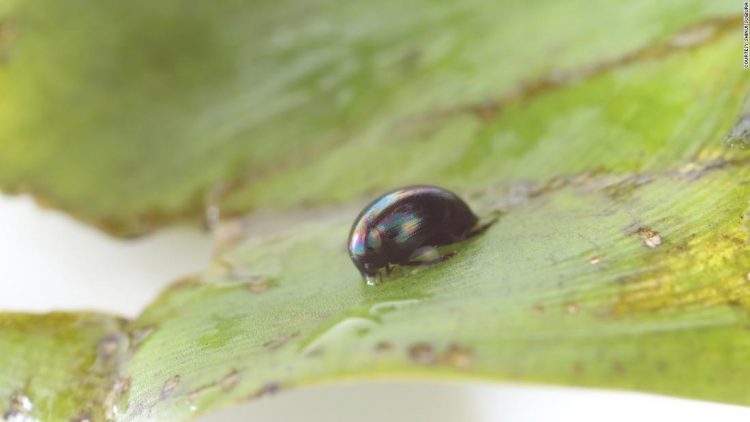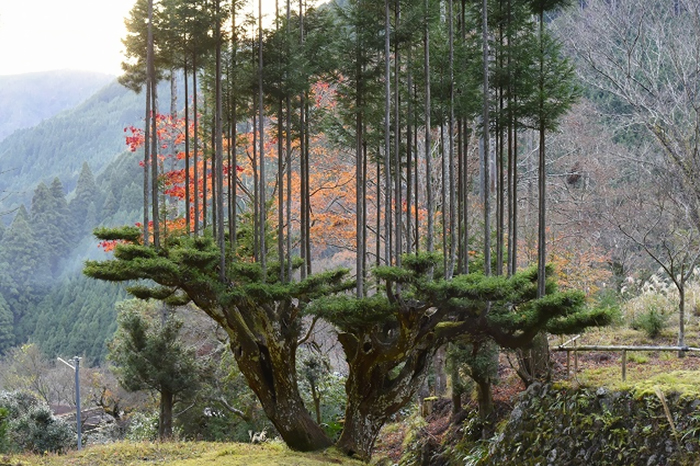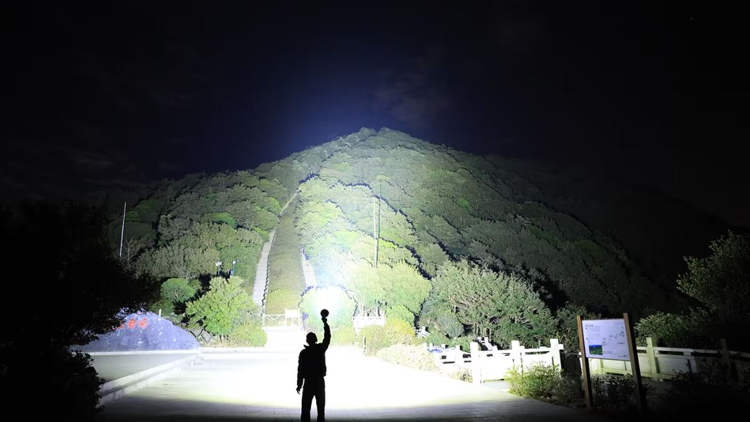The Euglossines, aka Orchid Bees are often described as the world’s most flamboyant bee tribe, and looking at their brilliant metallic coloration, it’s easy to see why.
Orchid bees are probably the closest thing to real living jewel. Sporting bright metallic colors – with green, blue and gold being the most common – and very few hairs compared to other families of bees, these pollinators really stand out as some of the most visually striking insects on Earth. But it’s not just their bright, shiny exterior that sets them apart from other bees. Euglossines don’t make honey, they don’t build hives, most species of the tribe are solitary, and perhaps most fascinating of all, males collect and mix fragrances which they then use to impress females.

